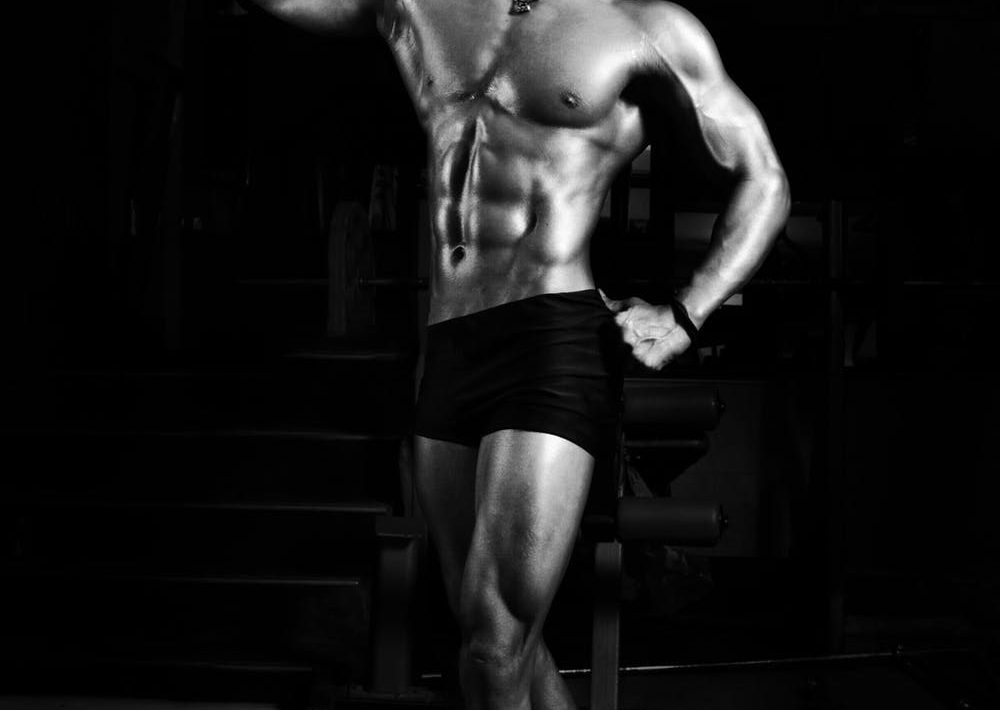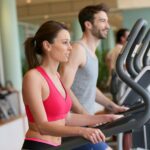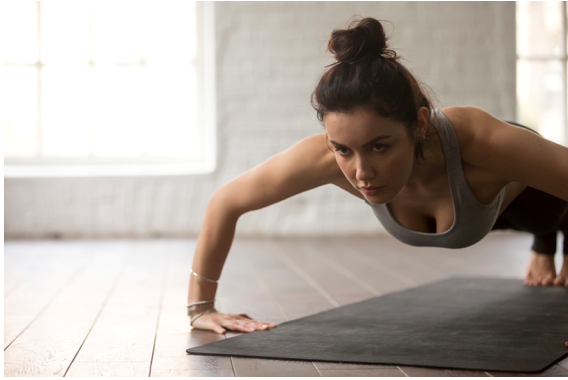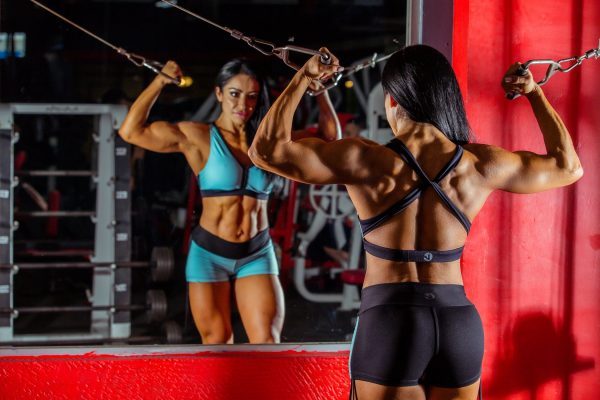Teens today have a fetish for a toned and muscular body. Well, you may consider this only for boys. However, the truth is, just like boys, girls too find muscles fascinating and work for it. After all, why should boys have all the fun! Only determining to build muscles is not enough. For every hardship in your life, challenges come your way. Once you know to overcome it, you are all set for your journey to success!
If you think you are too skinny and your muscles have not grown adequately or you are a bit overweight, this article is exactly for you. For both ways, you do not know what can achieve the best results. Regardless of who you are, this article will provide you the following information in details:
- Build muscles
- Improve body composition
- Gain strength
- Improve athletic performance
- Gain self-confidence
Teenage training
Accept the fact that not all teens are equal. The way you approach to train yourself depends on which stage of your puberty you are right now. There are five stages of puberty. They are:
- Stage 1: puberty has not yet begun.
- Stage 2: puberty has just begun around the age of 11. The testicles start to hang and some pubic hair may be noticed.
- Stage 3: this stage begins at the age of 13. The voice of a teen will deepen, pubic hair will fully develop and the sexual organ will grow completely.
- Stage 4: this is the final stage of puberty. Here, the teens will face a major growth in height and weight. Along with physical transitions, some mental and hormonal transitions too may take place.
- Stage 5: in this last stage, the body hairs grow and it continues till the end of the 20s.
Knowing at the stage of puberty you belong is important. This is because until you have reached stage four, hitting the gym can be a bane.
What equipments are needed?
Whistle & every bell and is not for everyone. Exercising according to the age group is a must. You can gain a fair share of muscles by only using a couple of dumbbells and a bench. With time, adding extra resistance is a must. Even though you cannot squat or bench press or dead lift, there are numerous other exercises as their substitutes. If you are training at home, you will need the following equipment:
- A weight bench
- 2 dumbbell handles
- 160 to 200 pounds of plates
- A pull-up bar
If you do not have bench press the flye type of movements can be performed on the floor. In fact, this is very popular amongst athletes. Purchasing pull up bars will not cost you much. If you like to train at school or at any commercial gym, focus more on the barbell dumbbell and body weight exercises. Although cables and machines can be used, however, do not make them your staple.
Recommended movements
Given below are a few of the best muscle-building exercises that can be followed. They are:
| Chest | incline bench press, Bench press, incline dumbbell bench press, chest dips, dumbbell bench press |
| Back | barbell rows, Deadlifts, lat pull down, pull ups, lat pull down, dumbbell rows, t-bar rows, seated cable rows |
| Shoulders | seated barbell press, Military press, side lateral raise, seated dumbbell press, upright rows, bent over reverse dumbbell flyes |
| Quads | Squats, leg press, lunges, hack squats, goblets squats, front squats |
| Hamstrings | Good mornings, still leg dead lift, leg curls |
| Triceps | dips, bench dips, Close grip bench press, skull crushers, cable tricep extensions, overhead dumbbell extension |
| Biceps | Chin ups, barbell curls, dumbbell curls, preacher curls, hammer curls |
| Traps | Power shrugs, barbell shrugs, dumbbell shrugs, upright rows |
Getting into the Training
The most common mistake that teenagers often tend to commit is rushing into the training. Most of them have the notion that the more and harder they train, the quicker will be the results. But that is not the case. When you start a resistance training program, your body undergoes a neuromuscular adaptation. This implies that that strength that you are gaining is evolved out from the central nervous system that acts according to your weight training. Your brain gets the message and enacts to it or responds to the specific demands.
So, rushing into this process will be a bad decision. The communicators in between your muscle tissues and brain are the motor units. These motor units have a limited endurance. This means that once you start to train, you will feel fatigued easily. With time, the endurance of the motor units is build up. This neuromuscular adaptation takes near about 2 months.
Another basic reason for going smoothly with this training is to throw the spotlight on your safety. Practice, practice, and practice! This is the only thing that can ease your muscles. Along with practice, patience to is important. Unless and until you have the patience to continue the slow process of neuromuscular adaptation for at least 2 months, you will not get the desired results.
Muscle building expectations
The teens who are not underweight can expect to gain mass with each year. They can assume to be eating right, and following the correct exercising chart.
- 1st year – 12 to 16 pounds of muscles
- 2nd year – 6 to 8 pounds of muscles
- 3rd year – 3 to 4 pounds of muscles
- 4th year – 1 to 2 pounds of muscles
- 5th year – 1 to 2 pounds of muscles
Conclusion
Therefore, within 2 years, you are expected to gain a substantial weight. Set small goals and start off with a bang! At the introductory level, do not expect to get the desired results within 3 months. Everything takes time. And, to achieve the best form of yourself, you need to have patience and work hard for it.











